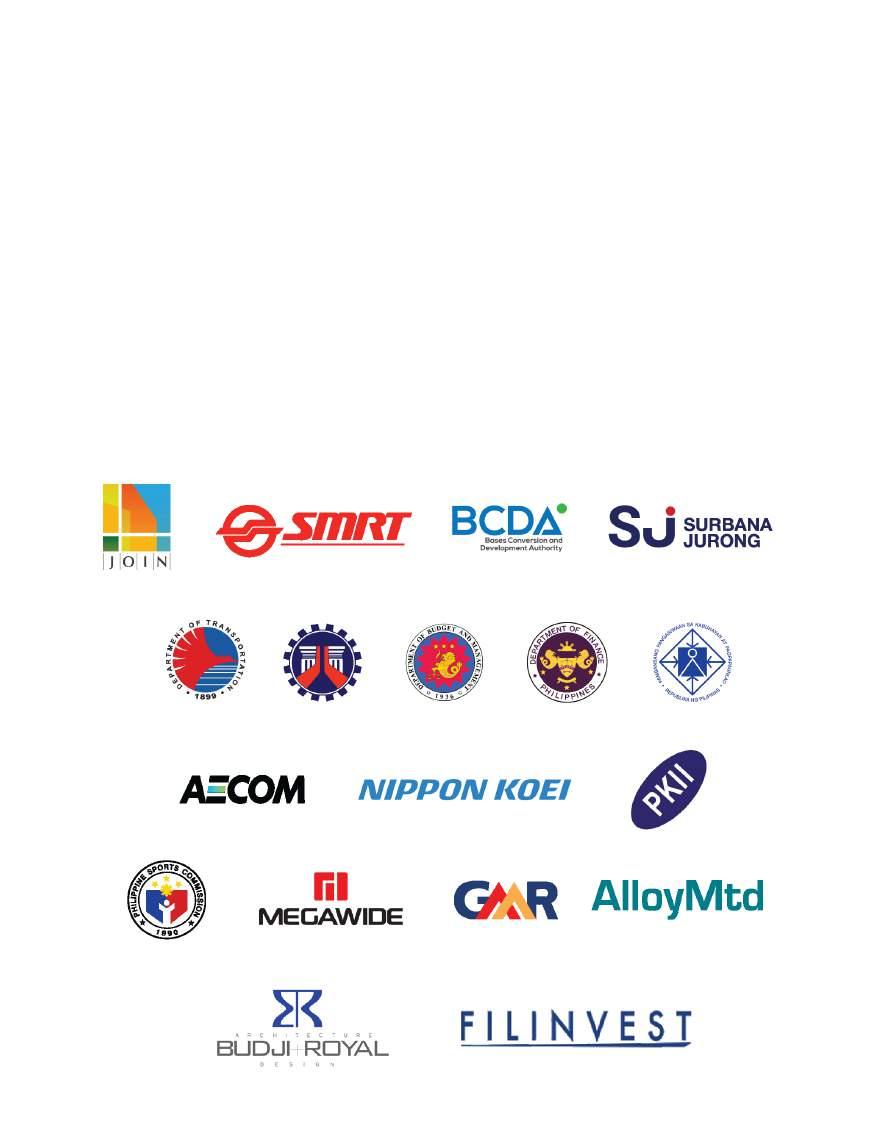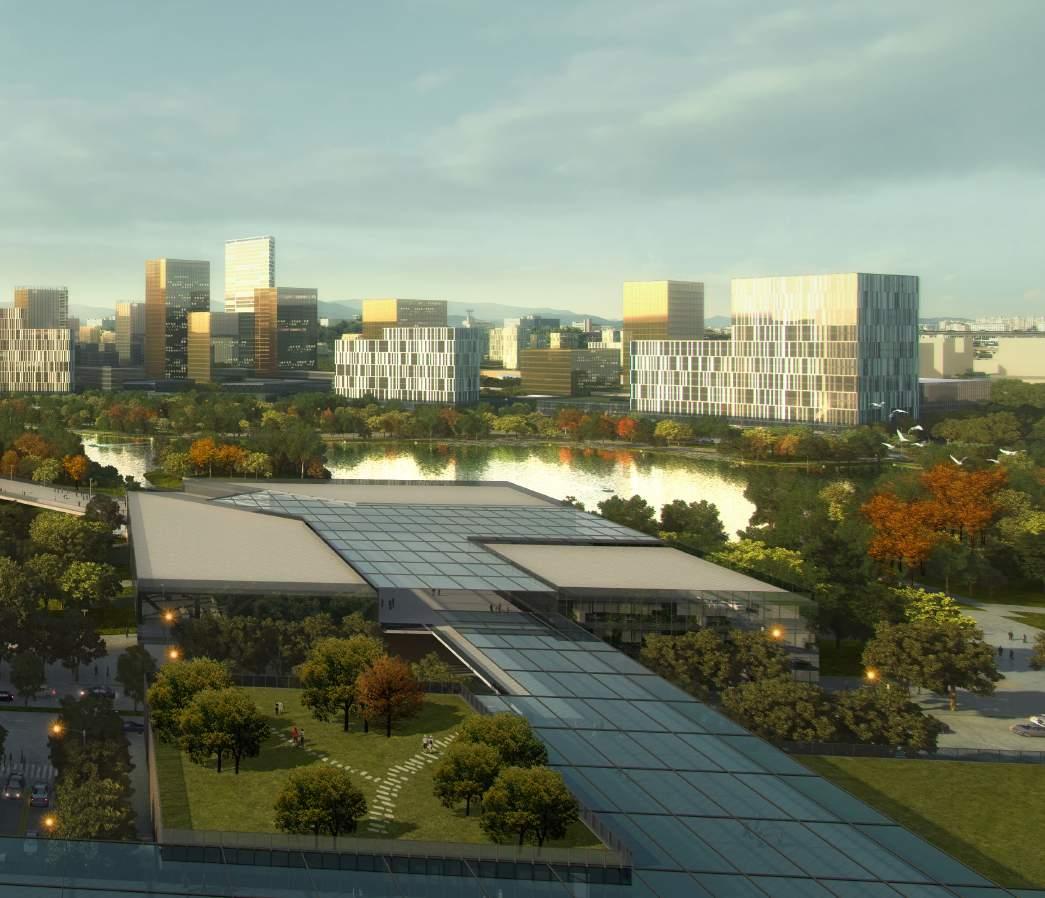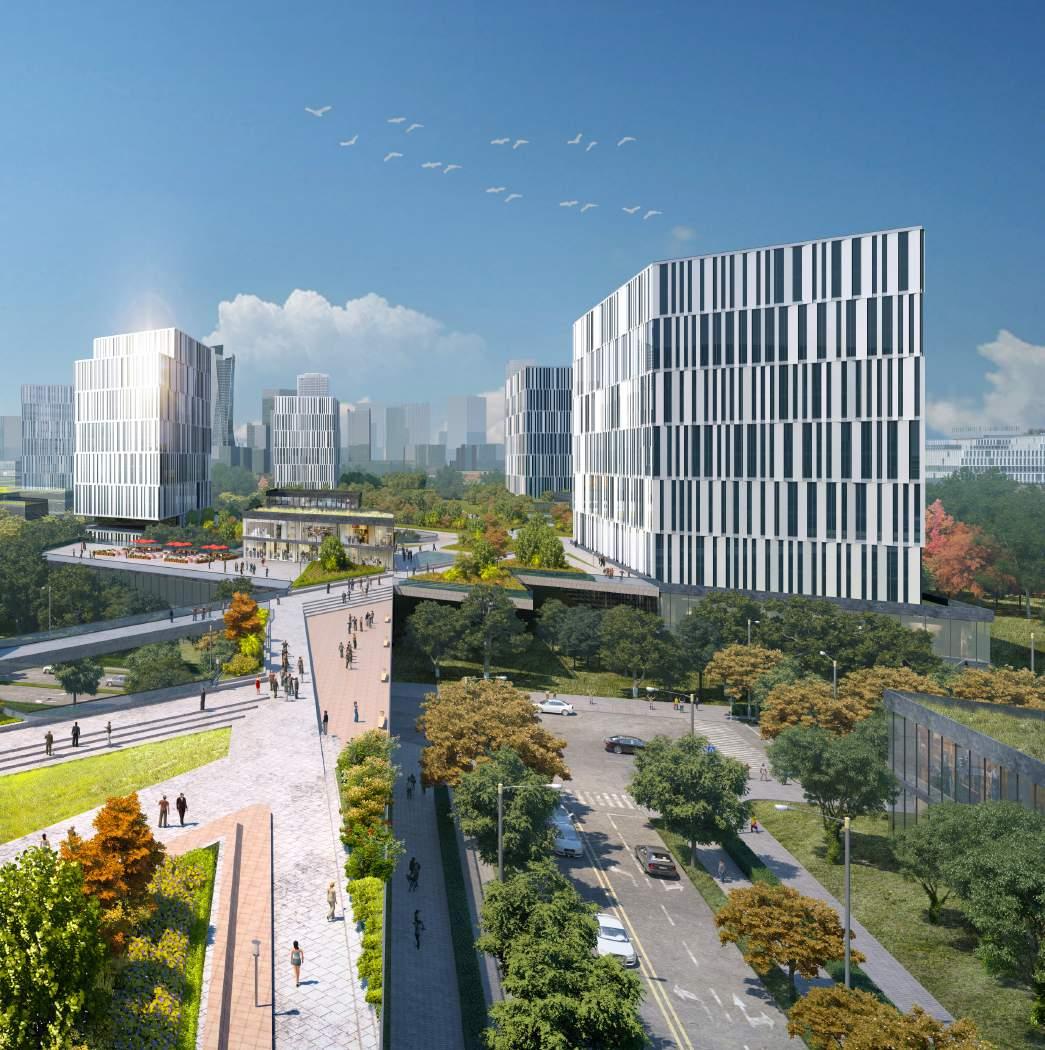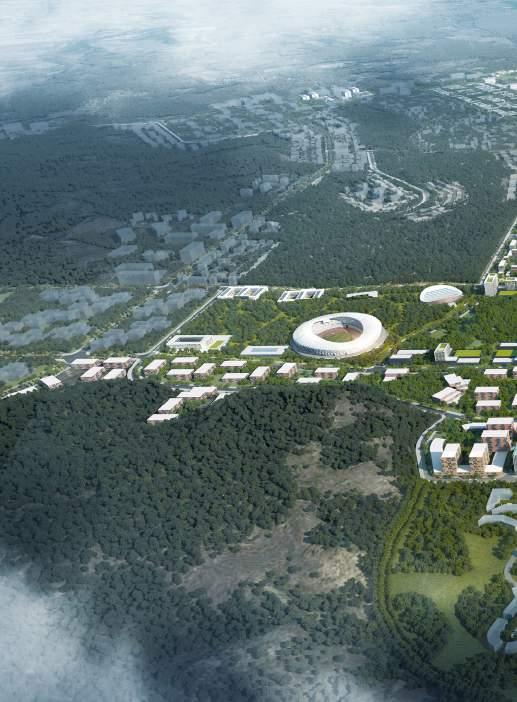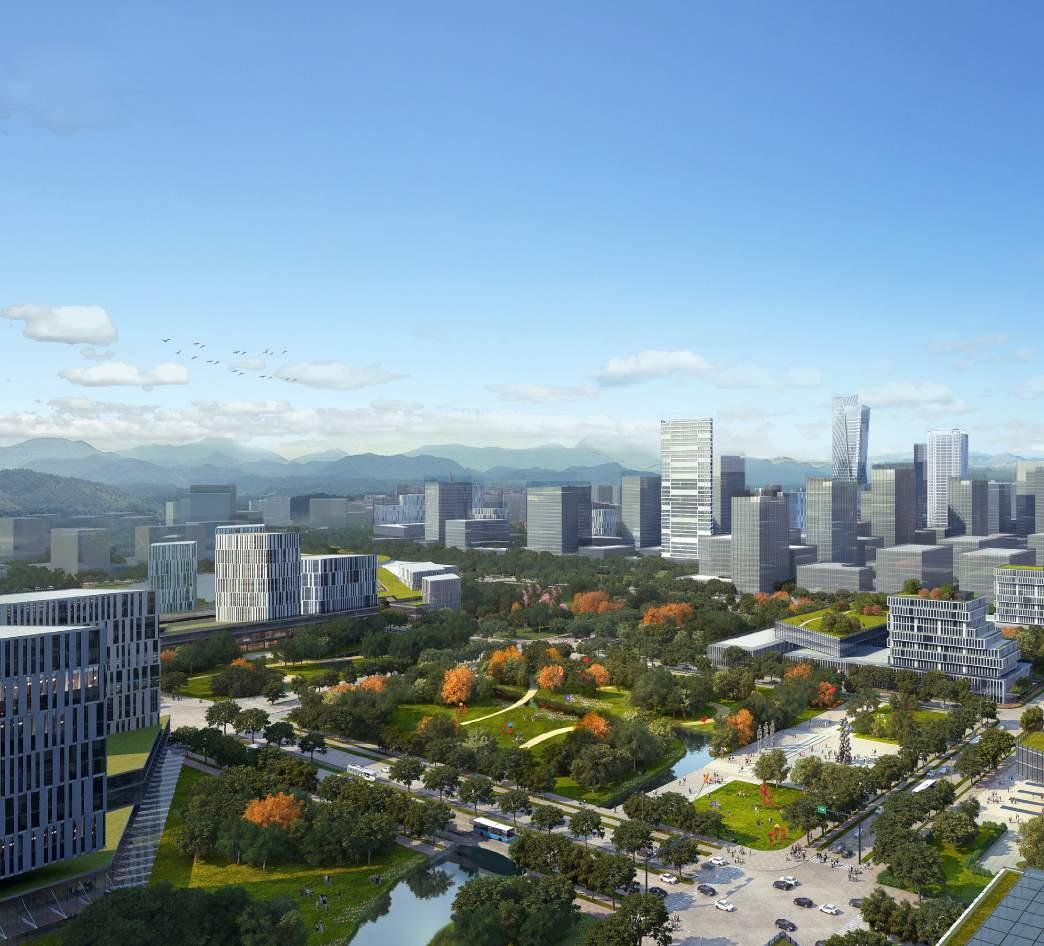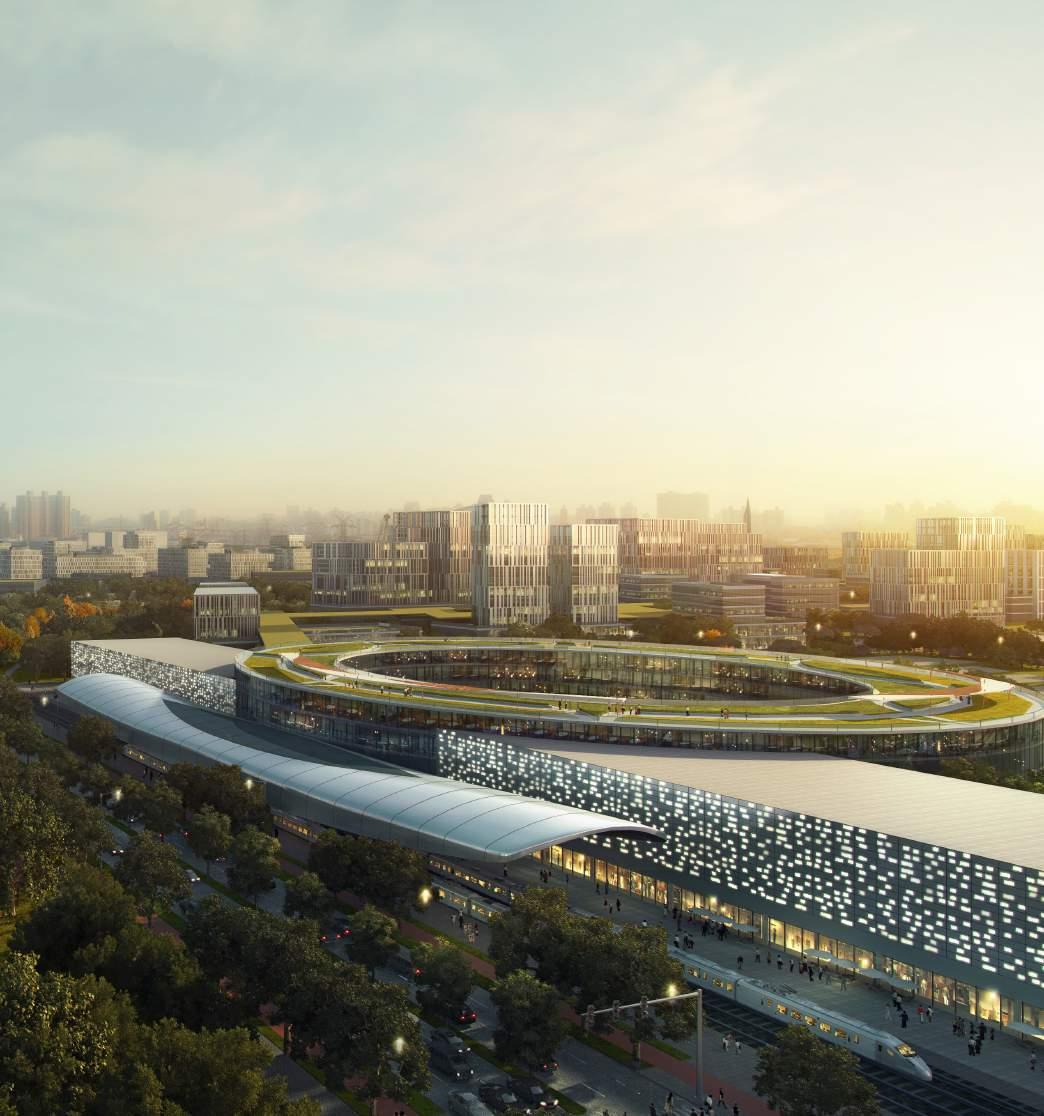
6 minute read
A GAMING ARENA WITH A BONUS
from Clark Magazine Vol 1
by BCDA
Save for when champions like runner Lydia de Vega and boxer Manny Pacquiao have brought home the gold, recent administrations in the Philippines have largely lef the feld of sports wanting for support. One can understand the excitement, therefore, when BCDA, in partnership with the Philippine Sports Commission, announced that it would build a Sports City inside New Clark City. Tis is in time for the Southeast Asian (SEA) Games in 2019.
According to “Build, Build, Build”, the Philippine Infrastructure Transparency Portal, the Sports City will be “equipped with modern facilities for scientifc sports training and development of Philippine athletes… facilities for the National Sports Training Center, Sports
Advertisement
BUDJI+ROYAL Architecture+Design came up with an iconic vision of New Clark City’s Athletic Stadium and Aquatic Center, as shown on these pages.
Institute, and Athletes’ Village. It will also feature residential and commercial developments to support the activities in the sports complex. Envisioned to become a world-class facility, the Philippine Sports City will be considered as a venue for major international sports events such as the Southeast Asian Games.”
For this monumental project, BCDA is once again tapping the expertise of the AECOM group, whose stadiums around the world have gained much awe and admiration: Seven competition venues for the Rio 2016 Olympic and Paralympic Games and Tennis Center; the Otkritie Arena-Spartak Stadium in Moscow, Russia; the 40-seat Al Wakrah Stadium in Qatar; and the Singapore Sports Hub.
But masterplanning sports centers take more than just astonishing design and mammoth size. AECOM VP Sylvester Wong explains that before anything, one must look at the city in which it will be built. “(It’s about) planning for legacy frst—the city comes frst for long-term community beneft, and we work backwards to weave in the games venues. Second, (we come up with) venues that are designed for year-round community uses, integrated into armatures of public mixed-use.” Tird, AECOM believes that building sports cities is about “creating healthy spaces, especially by anchoring venues with public parkways/greenways and vast open spaces where the emphasis is on active living.”
Bill Hanway, editor of “Changing the Game”, AECOM’s publication for its sports-oriented developments, writes: “we see sports as part of a city’s social, economic and cultural infrastructure, and a real catalyst for urban renewal.”
Legacy planning involves looking at the stadium’s potential demand throughout the year—how can it be made to work economically, and be integrated best into the community? Will it be a standalone stadium or a complex? Venues should encourage fexibility to bring in viable numbers in the long run. While income may be made from its primary use, additional revenue can also be made from events during sports of-seasons, such as concerts, festivals, conferences, rent-outs, or ofering naming rights. Tey should evolve with the times, as crowds will eventually change over the next fve to 10 years.

Bill Hanway, editor of “Changing the Game”, AECOM’s publication for its sports-oriented developments, writes: “Sports as part of a city’s social, economic and cultural infrastructure, and a real catalyst for urban renewal.”
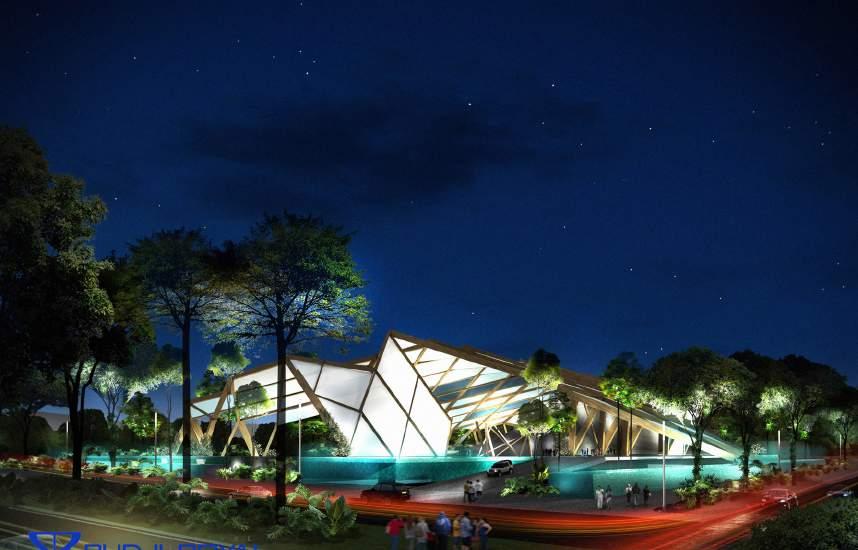
For a stadium to reach “legacy” status, it usually has to be located in a place that brings in significant attendance from the local community, as well as audiences for world events.
For a stadium to be successful and to reach “legacy” status, it usually has to be located in a place that brings in signifcant attendance from the local community, as well as audiences for world events (like the SEA Games or FIFA; talking about the Singapore Sports Hub, Hanway continues, “(it) sets a new benchmark for sports development. It sees a forward-thinking city, looking to future international and world event staging.”).
Tis means it has to have access to existing transportation networks. Tis can then spur developers and operators to take into account the potential of the sport to become a part of the community’s culture. Maybe more football parks? Or a swimming club? More engagement and appreciation among users and visitors then spreads. Te stadium thus becomes a daily destination for the community.
Again, of the Singapore experience, Designer and ACE Engineering Professional of the Year Peter Ayres writes that: “At a city scale, powerful relationships have been created between the new public spaces of the Hub precinct, the famous Singapore Central Business District skyline and the surrounding urban fabric. Singapore Sports Hub is Asia’s frst integrated sports, leisure, entertainment and lifestyle destination.”
Come 2019, Philippine Sports City in New Clark City will be Asia’s second such destination—and fans, athletes, advocates, and organizers alike, await with bated breath.—
Regina Abuyuan
The technology start-up boom that began in Silicon Valley and spread to Asian countries like China, India, and Singapore, has given rise to a new urban model: the innovation district.
Bucking the prediction that information and communications technology would usher in an era where remote work is the norm, the emergence of innovation districts—distinct locales close to, or within, urban centers where enterprises and institutions coexist with startups and incubators—underscores the idea that creating an environment that fosters creativity, community, and collaboration is key to winning the long game of innovation.
Te country’s thriving I.T. and business process outsourcing industry, as well as the presence of both technology giants and digital startups alike, are proof of the Philippines’ robust participation in innovation-led digital economy. However, a lot of the components that comprise an innovation ecosystem are ofen dispersed across diferent areas in Metro Manila. Unlike Silicon Valley in Palo Alto, California where tech start-ups, incubators, accelerators, and venture capital frms share the same zip code, there is no one dedicated district in the Philippines where all these relevant players converge.
To be competitive, a country needs to specialize. Recognizing this, the Philippine government, through the Bases Conversion and Development Authority (BCDA), and in partnership with AECOM/ Nippon Koei, is establishing an innovation-centric metropolis close to the Clark Freeport Zone and the Clark International Airport. With its first phase of development projecting completion by 2022, the 9,450-hectare New Clark City is the Philippines’ answer to the call of innovation that’s resonating globally.
Master-planned as a thriving business, residential, and leisure metropolis close to the Clark Freeport Zone and the Clark International Airport, New Clark City brings all the components inherent in a self-perpetuating economic engine into one disaster-resilient and environmentfriendly development. Tis includes the New Clark City Innovation Corridor, an R&D-driven industrial park focused on innovative industries that is projected to generate 600,000 jobs for Filipinos.
Te Innovation Corridor will ofer much of what creative talent needs to prosper—educational institutions, parks, plazas, a mix of housing types, a state-of-the-art sports institute, and an eclectic blend of commercial establishments on the streets. Accessible to Metro Manila through the Subic-Clark-Tarlac Expressway, as well as through a proposed high-capacity Integrated Transport System, the New Clark City will be home to one million residents upon its full development.
With the country’s key cities struggling with the consequences of poorly-planned over-development, there’s a need for “younger” districts to be progressive when it comes to the industries they nurture, and the way they’re designed and planned. A need to rethink the way their citizens live, work, and play—and foster new ideas and behavior that can shape communities of the future.
Tricia V. Morente is a journalist focusing on technology and innovation. She is senior reporter at Inc. Southeast Asia, the sole ASEAN licensee of Inc. Magazine, a leading global brand for tech start-ups and entrepreneurship.
